As a father, I often catch myself comparing my childhood generation from the 80’s against today’s kids and teens. If you’ve watched the movie, “E.T”, you’ll see an accurate depiction of kids playing with other kids from the neighborhood and riding bikes until sundown — with no helmet of course.
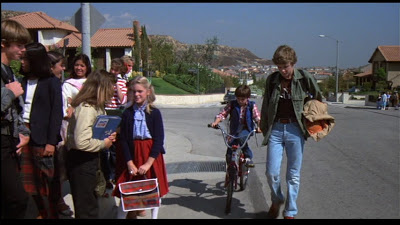
By 3rd grade, I knew every kid on my block. By 6th grade, I knew probably 70% of the kids in my housing tract. My favorite time of the year was summer: seemingly endless days where I’d start my day around 8 am. Possibilities were infinite: Dungeons and dragons, riding bikes with no destination, and using the school playground without worrying about a bell ringing. Without hesitation, we’d knock on random kids’ doors asking them to join in on the fun. We’d go home when the street lights turned on, eat dinner with our families, go to sleep and start the whole cycle the next day!
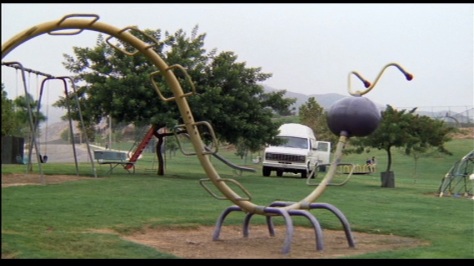
That’s a sharp contrast against today’s generation where it’s typical for someone in Orange County to not know who lives directly next door. Today’s homeowner in newer housing developments seem to be content with “disappearing into their garages” with front porches often collecting spiderwebs and solicitation flyers. (Of course, I know this firsthand because I’m one who occasionally goes door-to-door.) If your school district has a large academic discrepancy between nearby schools, neighboring kids are often transferred to different schools or attend private school. City parks are often not considered due to the desire to maximize land for profit.
While homes are being built closer to each other, we’ve socially grown farther apart.
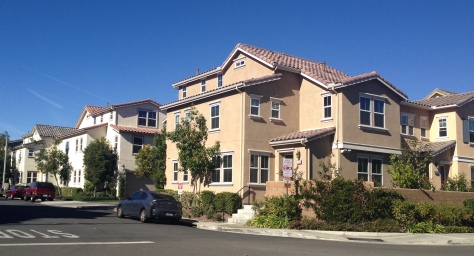
Although we’ve maintained contact with more people via social media and technology, the interaction is often on a superficial level. I’m always reminded of this when I hear a friend of mine on Facebook often ranting that he can’t rely on any of his “friends.” He has a saying: “Out of my 1,500 friends on Facebook and Instagram, I can probably call 2 of them if I had a flat tire.”
For those who want to live around some good ol’ fashioned human interaction, there’s hope on the horizon. Some of the options include:
1. Purchase a home in a master-planned community with focus on common areas. Communities such as Pavilion Park in Irvine, Colony Park in Anaheim and La Floresta in Brea has a focus on socializing. They go well beyond your normal “pool and clubhouse.” Dog parks, nearby retail, garden rooms, WiFi access, fitness rooms, and common areas will give you plenty of incentive to get out and about. Be prepared to open up your wallet for HOA dues (sometimes 2 of them) and Melo Roos in certain areas.
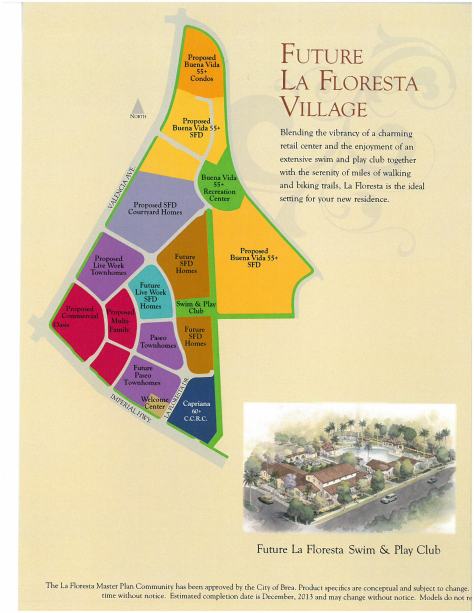

2. Live in a mid or high-rise condominium. Although many of these recent projects were either converted to apartments or sold well below their expectations, the urban feel of some of these will continue to attract singles and couples without children. Central Park West in Irvine and Stadium Lofts in Anaheim are among the Orange County choices.
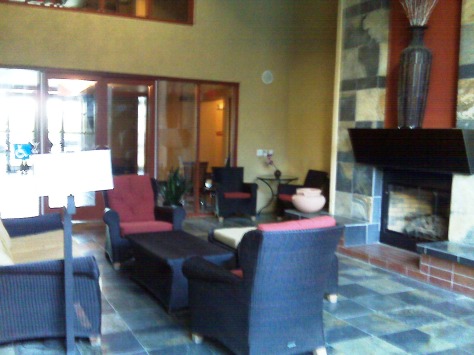
3. Purchase a home in an older community. (Pre-1990) This is the most economical way to get back to the basics: large backyards, block parties, and neighborhood parks are still the norm in many of these older communities. As mentioned above, having a strong school contributes to kids knowing other kids in the neighborhood.

